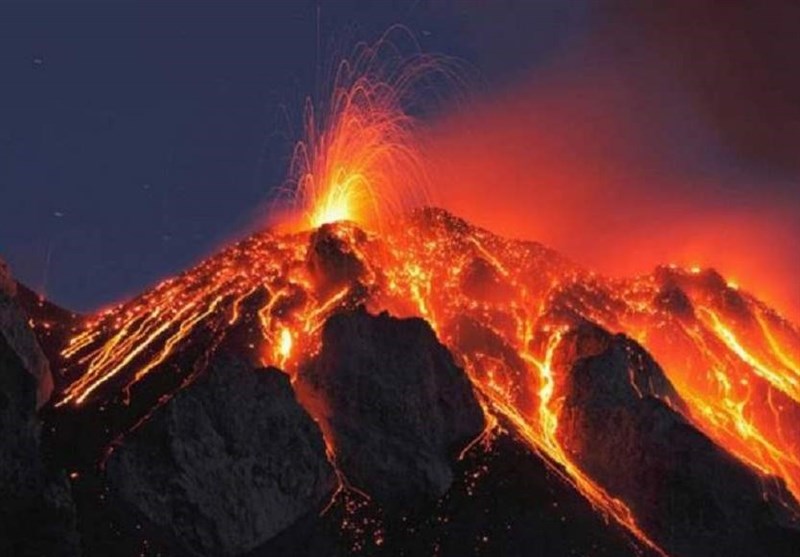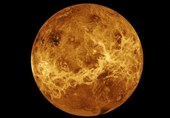Embers of Ancient Inferno Pinpoint Worst Extinction in Earth's History
TEHRAN (Tasnim) – The link between ancient volcanic eruptions and the most severe extinction event the world has ever seen just got even stronger.
A new analysis of mercury isotopes has provided evidence that a quarter of a billion years ago, far-flung places in Earth's Southern Hemisphere were blanketed with debris from volcanic eruptions in Siberia.
The so-called Great Dying, also called the Permian-Triassic mass extinction event, ensued, where most of life was wiped out under ash-filled skies.
While it's clear how things ended – with the loss of more than 90 percent of marine species and over 70 percent of land-dwelling vertebrates – our understanding of how Earth's biggest die-off event unfolded remains a bit cloudy, despite geologists' best efforts.
Through piecing together chemical traces trapped in rocks and ocean sediments, geoscientists are fairly confident that a series of volcanic eruptions unleashed a cascade of dramatic changes in Earth's atmosphere and oceans that eventually suffocated animals.
But an extinction event as big as the Great Dying also needs a pretty solid case before geoscientists can definitively say what caused it, and when it happened. They are squinting back in time some 252 million years, after all.
In past research, zinc and nickel have been used to link changes in ocean chemistry to massive volcanism and the loss of marine life. But these elements are recycled in Earth's surface, unlike isotopes of mercury which offer a far more stable signal of volcanic activity.
Also, many studies of this mass extinction event have focused on sites from the Northern Hemisphere, making it difficult to understand the impact of volcanism on the underside of Earth. This is significant because mounting evidence suggests the Great Dying was not a single deathly event, but multiple extinction episodes that occurred in waves over a hundred thousand years.
So, paleoclimatologist Jun Shen of China University of Geosciences and colleagues set about detecting mercury isotopes in rock deposits in two Southern Hemisphere locations: the Karoo Basin in south-central Africa and Sydney Basin on Australia's east coast.
At the time of the Great Dying, the basins were united in one supercontinent called Pangaea, but are now separated by roughly 10,000 kilometers (6,200 miles) and the Indian ocean. In them, the researchers found near-identical patterns: mercury isotopes peaked around the end of the Permian.
This evidence – from what are to date the most distant terrestrial sites from the Siberian Traps, the gigantic lava flows formed by the epoch-ending volcanoes in question – suggests mercury was blasted out of volcanoes in the Northern Hemisphere and swept around the globe, the researchers say.
"It turns out that volcanic emissions of mercury have a very specific isotopic composition of the mercury that accumulated at the extinction horizon," explains study author and University of Connecticut geologist Tracy Frank.
"Knowing the age of these deposits, we can more definitively tie the timing of the extinction to this massive eruption in Siberia."
Their work aligns with signals from sulfur isotopes coinciding with the Great Dying, and also builds on past research which suggests mass extinctions started occurring on land up to 600,000 years before marine life sucked in its last few breaths.
"That suggests that the event itself wasn't just one big whammy that happened instantaneously," explains Christopher Fielding, another geologist at the University of Connecticut.
"It wasn't just one very bad day on Earth, so to speak, it took some time to build and this feeds in well into the new results because it suggests the volcanism was the root cause."
The researchers acknowledge that nailing down the direct cause of the Great Dying is not easily done. Plumes of ash from volcanic eruptions in southern China have also been implicated in the carnage, in addition to the Siberian Traps.
So, try as we might reconstruct the sequence of events that lead to Earth's biggest extinction event, perhaps a more salient message to absorb is the fragility of life on a violent planet that today is under pressure from many of the same climatic changes: rising temperatures and greenhouse gases.






